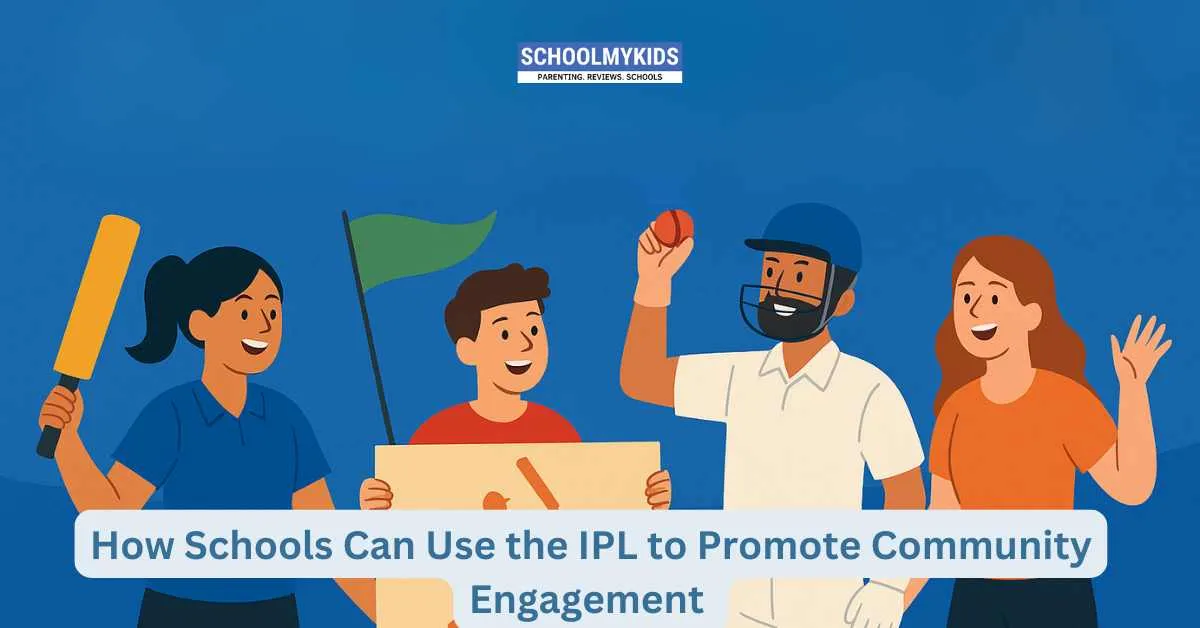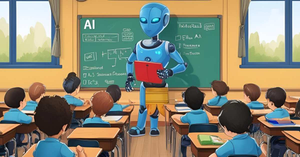The Indian Premier League (IPL) has evolved into more than just a cricket tournament; it is a cultural phenomenon that brings together diverse communities across the nation. In the context of IPL 2025, schools have a unique opportunity to harness the league’s energy and spirit to foster community engagement. By integrating IPL-related initiatives into school programs, educators can enhance local participation, strengthen school-community ties, and promote values such as teamwork, discipline, and inclusiveness.
Leveraging Popularity for Community Integration
The immense popularity of the IPL creates an environment ripe for community involvement. Schools can organize viewing sessions during match days, inviting not only students and staff but also local residents to participate. These events provide an informal setting where community members come together to celebrate sports and shared interests. By opening school premises for such events, administrators can demonstrate a commitment to community outreach and inclusivity. Moreover, partnering with local businesses and media to sponsor these events can further amplify their impact, thereby creating a network of community support centered around a common passion for cricket.
Incorporating Cultural and Social Dimensions
Beyond the excitement of live matches, the IPL embodies diverse cultural narratives. Schools can develop projects that explore the socio-cultural impact of the league. For example, research assignments or community projects could analyze how IPL has influenced regional identities and social dynamics. By encouraging students to interview local cricket enthusiasts or former players, educators not only bolster research skills but also create a bridge between academic learning and real-world phenomena. These projects can culminate in school exhibitions or local seminars where community members are invited to share their insights. This approach ensures that the IPL’s influence is examined from multiple perspectives, including its economic, cultural, and social ramifications.
Encouraging Inter-School and Community Competitions
Competitions remain a cornerstone of community engagement. Schools can launch cricket tournaments or sports quizzes that are themed around IPL 2025. These competitions not only provide students with an opportunity to showcase their skills and knowledge but also stimulate community interest through spectator participation. When local clubs, alumni, and parents are invited to partake or attend these competitions, they become active participants in the educational process. Moreover, establishing mentorship programs in which former players or local sports personalities engage with students can reinforce the importance of sportsmanship and community leadership. These mentorship sessions provide practical lessons on teamwork and personal development while highlighting the broader societal impact of the IPL.
Integrating Service and Volunteerism
Another avenue for community engagement lies in service learning. Schools can leverage the heightened community spirit during the IPL season to launch volunteer initiatives that benefit local causes. For example, organizing charity drives or environmental clean-up campaigns on match days can align the thrill of the IPL with a commitment to social responsibility. These activities not only demonstrate the positive impact of collective effort but also instill values of empathy and civic duty in students. By positioning the IPL as a platform for social good, schools can transform the excitement around sports into tangible benefits for the local community.
Fostering Dialogue and Partnerships
To ensure the long-term sustainability of community engagement initiatives, schools must build strong partnerships with local organizations, sports clubs, and civic bodies. Establishing a community advisory board comprising educators, local leaders, and sports figures can provide valuable insights and ensure that initiatives remain relevant and impactful. Regular roundtable discussions can serve as forums for sharing best practices and evaluating the success of IPL-based community programs. These partnerships also pave the way for additional opportunities, such as joint funding proposals and collaborative events that further strengthen the school’s role as a community hub.
Measuring Impact and Sustainability
Effective community engagement initiatives are grounded in measurable outcomes. Schools should institute evaluation mechanisms to assess the impact of their IPL-related activities on community cohesion. Surveys, focus groups, and feedback sessions with both participants and local residents can offer insights into the effectiveness of the initiatives. Such evaluations allow administrators to refine their strategies and ensure that the programs continue to resonate with community needs. In addition, schools can document their experiences and success stories to serve as models for other institutions seeking to leverage popular cultural phenomena like the IPL for community development.
Conclusion
IPL 2025 offers schools a multifaceted opportunity to engage with the broader community in innovative and meaningful ways. By organizing viewing events, incorporating cultural projects, launching competitive activities, promoting service learning, and building strategic partnerships, schools can use the IPL as a catalyst for community engagement. These initiatives not only enhance the educational experience but also build lasting bonds between the school and the community. Ultimately, when students and community members unite under the banner of a shared passion, the benefits extend far beyond the confines of the cricket field, contributing to a more integrated, vibrant, and socially responsible society.









Be the first one to comment on this story.